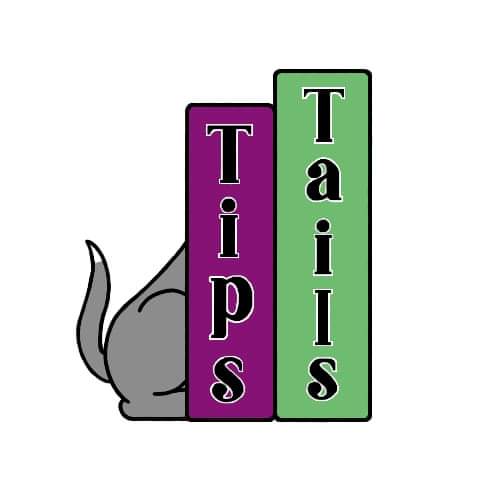The Cobbler's Children!
- Christina Agar

- May 4, 2021
- 4 min read
Are you familiar with that old saying, that the cobbler’s children always go barefoot? The cobbler is so busy making shoes for other people that he has no time to make them for his own children.
It’s not quite that bad at my house, but I’ll confess that often the responsibilities of running a dog training business gets in the way of training my dogs. I do however build a lot of training enrichment into each walk.
Armed with my dogs favourite treats (my homemade liver cake) we are ready for any distractions.
“This blade of grass! Squirrel! Joggers!
It's a wonderful world out there and they want to interact with the environment. We on the other hand, want some time together that doesn't involve the dislocation of our shoulder as they pull towards each exciting new smell and distraction.
What can we do?
The good news is that it is possible, for us both to get what we want.
Pop your hands in Control Position.
With your dog in heel position, (this can be either side but for this example I have my dog on the left). Put your right thumb through the loop of your lead, fold the excess lead back and forth, accordion style into your right hand and place it with the palm against the front of your right leg. Put the remainder of the lead in your left hand and place it with the palm against the front of your left leg. The lead should feed from out of your left hand and under your little finger. Keep both hands below your waist. The lead should have a little loop in. This way if the dog pulls they can only go as far as the slack allows and you can just stop walking and wait for them to control themselves and wait for the lead to become slack again.

That very interesting blade of grass?
The next time the lead tightens I wait, and when the lead becomes slack and they look back at me we can interact with that blade of grass together by playing the 'Find it' game together, not just throwing a treat down and waiting for them to find it but really interacting by trying to find it too! Have a conversation with them, "have you found it yet? Can you see it? Here it is!"
"OMG a Squirrel!"
The lead tightens, wait till it gets slack and get focus then I have a game of Ping Pong by throwing a treat away from me and the direction the Squirrel went and allow my dog to go for it (making sure I only throw as far as the lead will allow), as soon as the dog re orientate their head back to me, I give my reward cue 'Yes' or you could click and loads of encouragement and as they get back to me I throw the next treat away from in the opposite direction ie towards where that pesky squirrel went. If you have played this game enough times in none distracting situations your dog will not even think about the squirrel but will automatically turn back to you to continue the game. I normally do 4 to 6 throws before continuing on our walk.
That jogger is really exciting because they are running!
Wait for the check in, then turn away from my dog and move/run a short way and turn and look over one of my shoulders, it does not matter which one and I exclaim 'where's (dogs name?) " as they rush to my side I pop my hand down by my leg and treat as they get to that position. I often repeat 2 or 3 times, changing the side I look as this makes them focus on you to know which side the treat will be on.
With each check-in our connection grows as we share powerful reinforcement in the moment - they have the opportunity to sniff and chase, they increasingly see you as a partner in those experiences and how you can adapt those experiences for the good of both of you. It will be thoroughly enjoyable for both of you as what could have been a contentious lead tug-of-war becomes a collaboration of shared experiences.
Here are a few tips for a more collaborative walk:
Pay attention to what your dog really loves when out and about.
Save concerns about getting “from here to there” for another day.
Distance is key. Give enough space from the distractions so that your dog can continue to think and make good decisions.
Don’t yank or be yanked. Anchor your hands and wait until your dog can connect with you again. It will get quicker the more they practise.
Bring your best treats and alternative reinforcements: a 10 (or 11!)
Sometimes what your dog finds compelling isn’t something that he should get to investigate, such as a jogger and her dog running by, a nest of baby birds, or a barking dog behind a fence. Offer alternatives such as the opportunity to chase you, play “find it” with treats in the grass, or tug a favorite toy.






Comments